E-flite UMX P3 Revolution Basic Bruksanvisning
E-flite
Radiostyrda leksaker
UMX P3 Revolution Basic
Läs gratis den bruksanvisning för E-flite UMX P3 Revolution Basic (17 sidor) i kategorin Radiostyrda leksaker. Guiden har ansetts hjälpsam av 21 personer och har ett genomsnittsbetyg på 4.5 stjärnor baserat på 11 recensioner. Har du en fråga om E-flite UMX P3 Revolution Basic eller vill du ställa frågor till andra användare av produkten? Ställ en fråga
Sida 1/17

UMX™ P3 Revolution
Instruction Manual
Bedienungsanleitung
Manuel d’utilisation
Manuale di Istruzioni
Produktspecifikationer
| Varumärke: | E-flite |
| Kategori: | Radiostyrda leksaker |
| Modell: | UMX P3 Revolution Basic |
Behöver du hjälp?
Om du behöver hjälp med E-flite UMX P3 Revolution Basic ställ en fråga nedan och andra användare kommer att svara dig
Radiostyrda leksaker E-flite Manualer

29 Mars 2025

29 Mars 2025

29 Mars 2025

29 Mars 2025

23 September 2024

10 September 2024

10 September 2024

10 September 2024

9 September 2024

9 September 2024
Radiostyrda leksaker Manualer
- Proline
- SkyRC
- ParkZone
- Vaterra
- Blade
- TacTic
- PowerBox Systems
- Sky Rider
- LRP
- Carrera
- FMS
- Flyzone
- Maverick
- DF-Models
- Ninco
Nyaste Radiostyrda leksaker Manualer
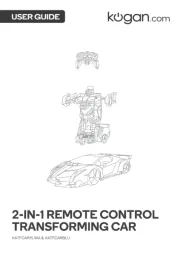
27 September 2025
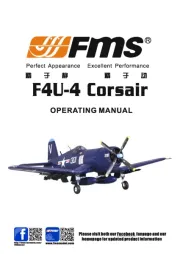
13 September 2025
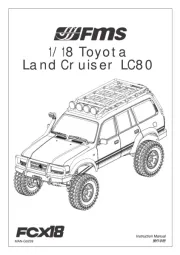
13 September 2025
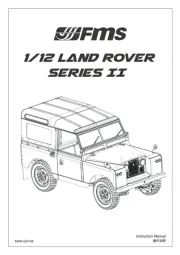
12 September 2025
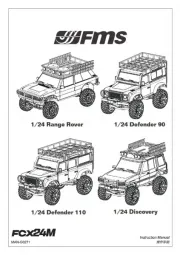
12 September 2025
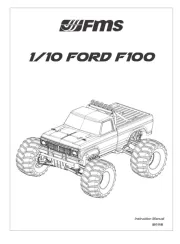
12 September 2025
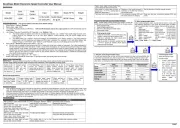
12 September 2025
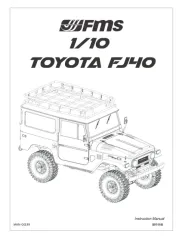
12 September 2025
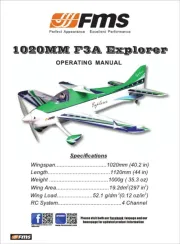
12 September 2025
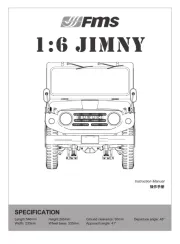
12 September 2025